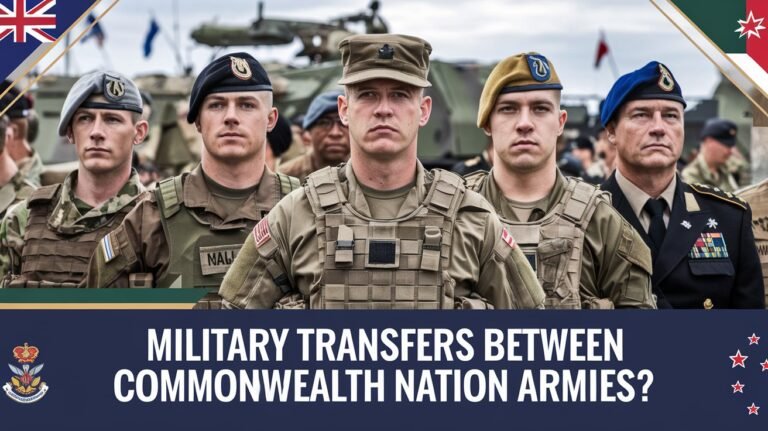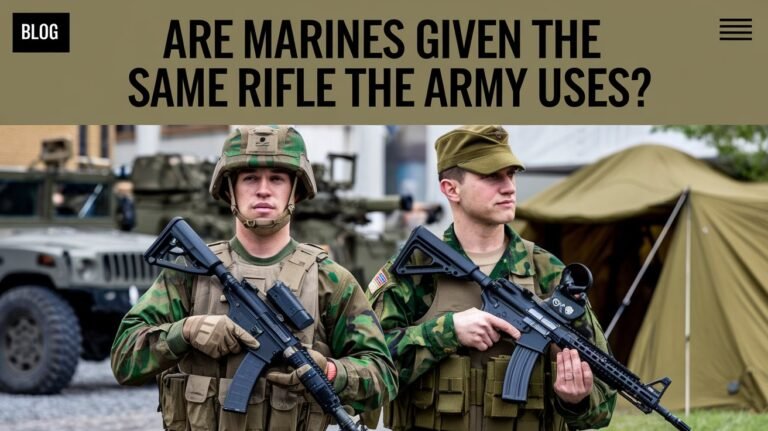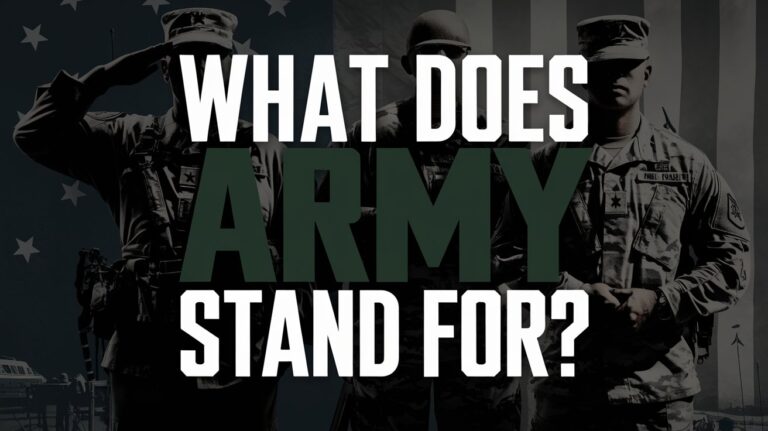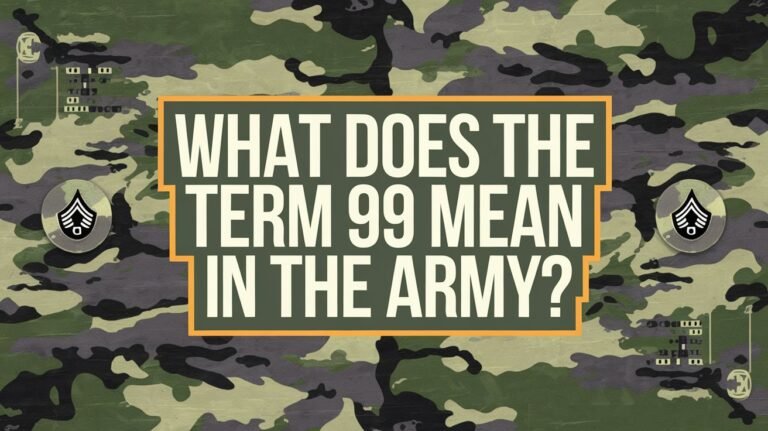What Are the Ranks in the Army: Complete List
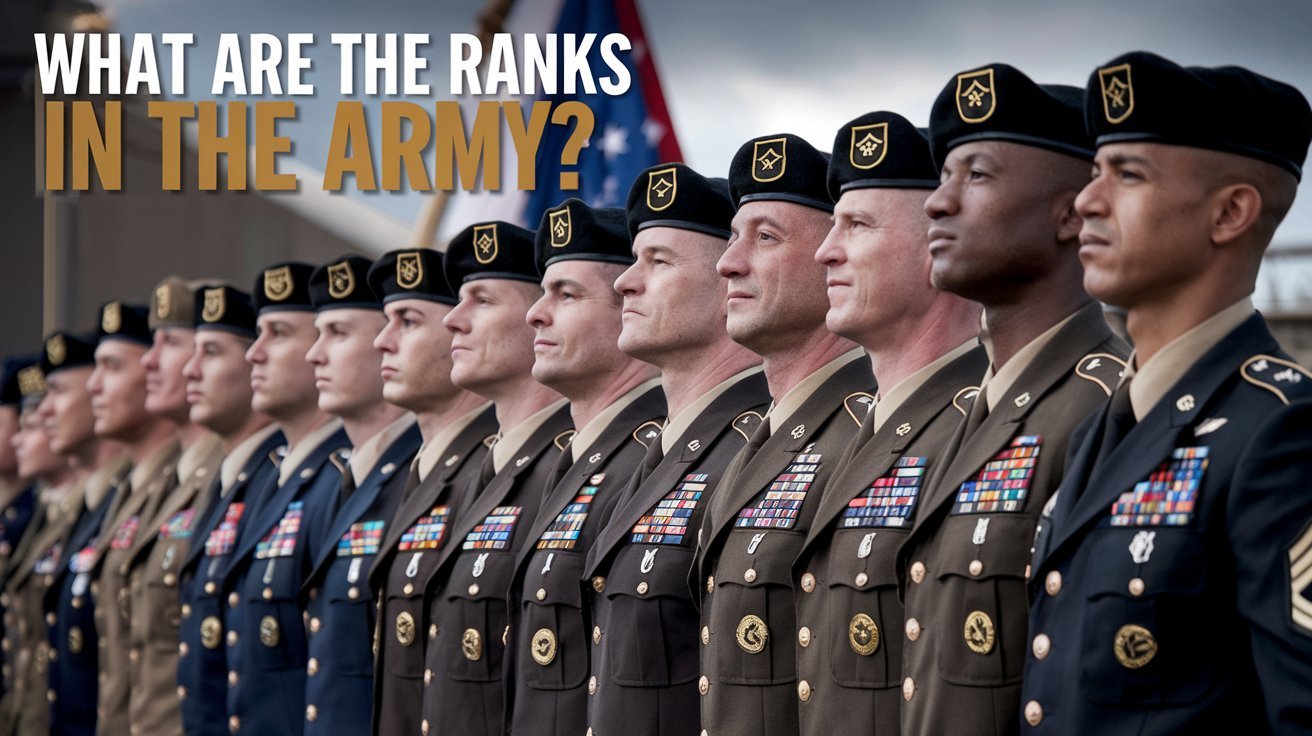
The Army stands as the core of the United States military, with a detailed rank system. It spans from the Private (E-1) to the General (O-10), each with its own duties and symbols of honor. But do you grasp the complexity of Army ranks and their importance? Explore this comprehensive guide to understand the Army’s command structure and the different levels that make up this powerful force.
Key Takeaways
- The U.S. Army rank system encompasses enlisted soldiers, non-commissioned officers, warrant officers, and commissioned officers.
- Ranks range from Private (E-1) to General (O-10), with each level carrying distinct responsibilities and authority.
- The Army’s rank structure is designed to provide clear leadership and organizational hierarchy within the military.
- Ranks are denoted by specific insignia, such as chevrons, stars, and bars, worn on the uniform.
- Promotion through the ranks is based on factors like time in service, leadership skills, and performance.
What Are the Ranks in the Army?
The United States Army has a well-defined rank structure. It includes enlisted personnel, non-commissioned officers (NCOs), and commissioned officers. This hierarchy reflects responsibility, authority, and military pay grades.
Enlisted Ranks (E-1 to E-4)
The junior enlisted ranks span from Private (E-1) to Specialist (E-4). These enlisted ranks form the Army’s backbone. They carry out key duties and receive training to hone their skills.
- Private (E-1)
- Private Second Class (E-2)
- Private First Class (E-3)
- Specialist (E-4)
Non-Commissioned Officers (E-4 to E-6)
Non-commissioned officers (NCOs) serve as a bridge between enlisted ranks and commissioned officers. They are seasoned Soldiers who lead and mentor teams. Their role ensures mission success.
- Corporal (E-4)
- Sergeant (E-5)
- Staff Sergeant (E-6)
Senior Non-Commissioned Officers (E-7 to E-9)
The senior NCOs are at the pinnacle of experience and skill. They offer strategic guidance and leadership. Their role is crucial in maintaining Army readiness and morale.
| Rank | Pay Grade |
|---|---|
| Sergeant First Class | E-7 |
| Master Sergeant | E-8 |
| First Sergeant | E-8 |
| Sergeant Major | E-9 |
| Command Sergeant Major | E-9 |
| Sergeant Major of the Army | E-9 |
Command Structure and Organization
The United States Army’s command structure is a well-organized system of military units. Each unit has specific roles and responsibilities. This structure ensures efficient coordination and effective deployment of military units in various tactical operations.
Team and Squad Level
A team is the most basic unit, consisting of four soldiers. It includes a noncommissioned officer and three junior enlisted soldiers. A squad, led by a Staff Sergeant, has 10 soldiers.
Platoon and Company Level
The platoon is the next level, commanded by a Lieutenant. It includes 2-3 squads, totaling around 36 soldiers. Above the platoon, a company is led by a Captain. It has 3-4 platoons, with approximately 200 soldiers.
Battalion and Brigade Level
A battalion is commanded by a Lieutenant Colonel and consists of 4-6 companies. It can have up to 1,000 soldiers. At the brigade level, a Colonel or Brigadier General leads a formation of 2-3 battalions. This typically includes around 5,000 soldiers.
This structured military units hierarchy facilitates efficient communication and decision-making. It enables the Army to effectively respond to various challenges and threats.
Army Warrant Officer Ranks
In the U.S. Army, warrant officers are highly skilled technical experts. They bridge the gap between enlisted personnel and commissioned officers. These seasoned professionals bring invaluable expertise and specialized skills to their units. They play a crucial role in the army’s operational effectiveness.
The army’s warrant officer ranks are structured as follows:
- Warrant Officer 1 (W-1)
- Chief Warrant Officer 2 (W-2)
- Chief Warrant Officer 3 (W-3)
- Chief Warrant Officer 4 (W-4)
- Chief Warrant Officer 5 (W-5)
The introduction of these distinct warrant officer pay grades in 1949 recognized the technical competence and leadership abilities of these specialized technical experts. This was evident during the Vietnam War. The demand for army aviation personnel skyrocketed. The number of warrant officer pilots increased from around 2,960 in 1966 to over 12,000 by 1970.
| Rank | Year Introduced | Key Responsibilities |
|---|---|---|
| Warrant Officer 1 (W-1) | 1949 | Highly skilled technical experts, provide specialized skills and expertise to their units |
| Chief Warrant Officer 2 (W-2) | 1949 | Senior technical experts, responsible for training and mentoring junior warrant officers |
| Chief Warrant Officer 3 (W-3) | 1949 | Seasoned technical leaders, play a crucial role in the army’s operational effectiveness |
| Chief Warrant Officer 4 (W-4) | 1949 | Master technical experts, provide advanced guidance and oversight to their units |
| Chief Warrant Officer 5 (W-5) | 1949 | The most senior warrant officers, serve as technical advisors to senior army leadership |
Army Commissioned Officer Ranks
The United States Army’s commissioned officer ranks are split into three main categories. These are Company Grade Officers, Field Grade Officers, and General Officers. Each category represents a step up in leadership and responsibility within the military hierarchy.
Company Grade Officers
Company Grade Officers hold the ranks of Second Lieutenant (O-1), First Lieutenant (O-2), and Captain (O-3). They lead groups of 16-44 soldiers. A Second Lieutenant heads a platoon, a First Lieutenant acts as the platoon’s second-in-command. A Captain commands units of 62 to 190 soldiers.
Field Grade Officers
Field Grade Officers include the ranks of Major (O-4), Lieutenant Colonel (O-5), and Colonel (O-6). They hold senior leadership positions. Majors often work as staff officers. Lieutenant Colonels lead units of 300 to 1,000 soldiers. Colonels command larger units.
General Officers
General Officers are at the pinnacle of commissioned officer ranks. They range from Brigadier General (O-7) to General of the Army (O-10). Brigadier Generals oversee staff planning. Major Generals (O-8) lead divisions of 10,000 to 15,000 soldiers. Lieutenant Generals (O-9) manage corps of 20,000 to 45,000 soldiers. The highest rank is the General of the Army (O-10).
Military Insignia and Rank Identification
Grasping the army’s complex system of army insignia and rank badges is vital for upholding the military’s chain of command. It also ensures respect among its ranks. Each insignia on a soldier’s uniform reveals their rank and role, from the simple chevrons of enlisted to the stars and eagles of officers.
Enlisted ranks in the U.S. Army are marked by chevrons, indicating pay grade from E-1 to E-9. Non-commissioned officers, like Corporals and Sergeants, have their chevrons pointing up. In contrast, officers’ insignia adorn their shoulder epaulets or collar points.
Officers’ rank badges showcase a variety of symbols, including bars, oak leaves, eagles, and stars. A Second Lieutenant (O-1) wears a single gold bar, while a Colonel (O-6) sports a silver eagle. General officers, from Brigadier General (O-7) to General (O-10), are identified by one, two, three, or four stars, respectively.
Adherence to military identification and uniform regulations is crucial for discipline and order in the armed forces. Recognizing and respecting these insignia helps both soldiers and civilians understand the military’s structure and the roles of its members.
Army Promotion System
Understanding the military promotions landscape is a complex yet rewarding journey for aspiring soldiers. The U.S. Army’s promotion system rewards exceptional performance, leadership, and dedication. It’s crucial for career advancement, whether you’re a junior enlisted soldier or a seasoned non-commissioned officer (NCO).
Time in Service Requirements
Advancement in the Army depends on time in service (TIS) and time in grade (TIG). Junior enlisted ranks, from Private (E-1) to Specialist (E-4), require minimal TIS to progress. The Specialist rank is usually attained after about two years of service. Yet, as soldiers advance to NCO and senior NCO ranks, TIS requirements significantly increase.
Promotion Points System
The Army’s promotion system for NCOs and senior NCOs is based on a comprehensive points system. It considers physical fitness, weapons qualification, education, and duty performance. Soldiers compete for promotion through this system, ensuring the most qualified are selected for advancement.
Leadership Development Programs
Investing in professional development is vital for career progression in the Army. Leadership training programs, like the Primary Leadership Development Course (PLDC), are crucial for aspiring leaders. These programs enhance leadership skills, deepen understanding of the Army’s mission and values, and prepare for higher responsibilities.
Mastering the Army’s promotion system, soldiers can aim for military promotions and career advancement. The army evaluation system and leadership training opportunities are essential. They empower soldiers to reach their full potential and contribute to the U.S. Army’s success.
The Bottom Line
The U.S. Army’s rank structure is a clear path for career advancement and leadership growth. It spans from Private to General, each rank with its own duties and opportunities. Knowing this system is crucial for both military personnel and civilians.
The Army promotes based on merit, experience, and leadership. As soldiers move up, they gain more authority and influence. This shapes the army’s effectiveness and strategic decisions. It shows the Army’s dedication to its personnel.
For those interested in an army career, considering military service, or wanting to grasp rank progression and soldier development, this guide is invaluable. It offers deep insights into the U.S. Army’s structure and dynamics. With this knowledge, one can better understand the army’s hierarchy and the roles within it.
Common Concerns
What are the ranks in the Army?
The U.S. Army ranks soldiers from Private (E-1) to General (O-10). Each rank has its own duties and authority. This structure is crucial for the Army’s functioning.
What are the different categories of enlisted ranks?
The Army categorizes enlisted ranks into three groups. Junior Enlisted ranks go from E-1 to E-4. Non-Commissioned Officers range from E-4 to E-6. Senior Non-Commissioned Officers span from E-7 to E-9.
How is the Army’s command structure organized?
The Army’s command structure grows in size and complexity. Teams have 4 soldiers, led by a Sergeant. Squads, with 8-16 soldiers, are commanded by a Staff Sergeant.
Platoons, with 16-44 soldiers, are led by a Lieutenant. Companies, with 60-200 soldiers, are commanded by a Captain. Battalions, with 300-1,000 soldiers, are led by a Lieutenant Colonel. Brigades, with 1,500-3,200 soldiers, are commanded by a Colonel or Brigadier General.
What are the Warrant Officer ranks?
Warrant Officers are technical experts, between enlisted and commissioned officers. There are five ranks: Warrant Officer 1 (W-1), Chief Warrant Officer 2 (W-2), Chief Warrant Officer 3 (W-3), Chief Warrant Officer 4 (W-4), and Master Warrant Officer (W-5).
What are the Commissioned Officer ranks?
Commissioned Officers are divided into three categories. Company Grade officers range from O-1 to O-3. Field Grade officers are from O-4 to O-6. General Officers span from O-7 to O-10.
How are Army ranks identified?
Army ranks are identified by specific insignia on uniforms. Enlisted ranks use chevrons. Officers wear bars, oak leaves, eagles, and stars. The arrangement and number of these symbols signify the rank.
How does the Army promotion system work?
The Army’s promotion system varies by rank. Junior Enlisted promotions are based on time in service and grade. NCO promotions use a points system, considering physical fitness, weapons qualification, and education. Officer promotions are decided by promotion boards.


